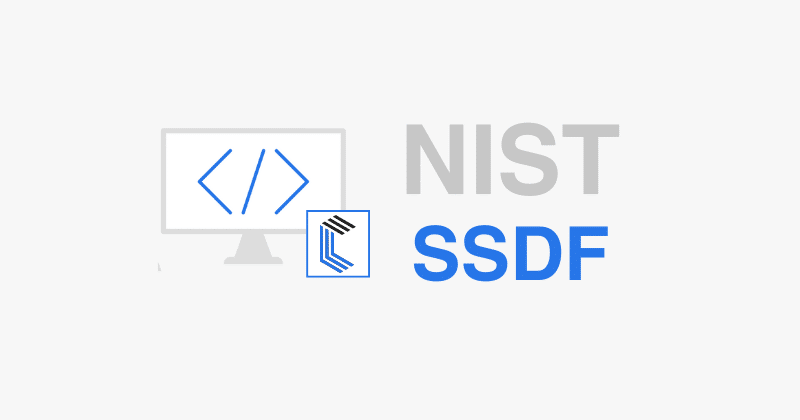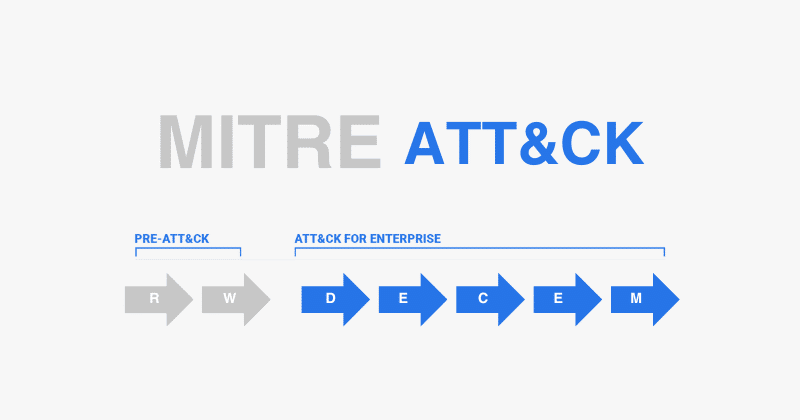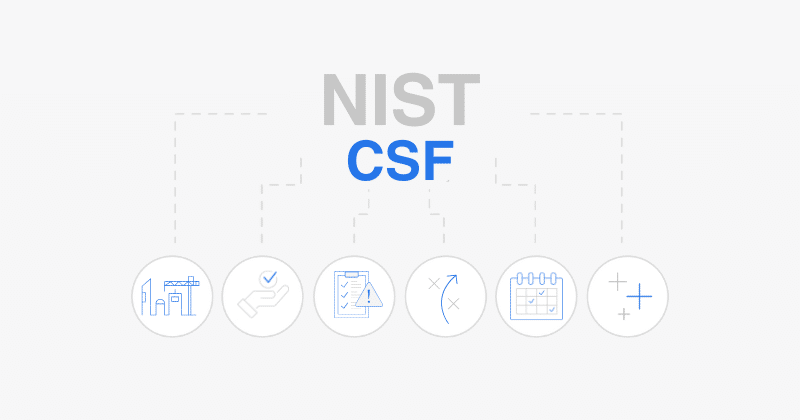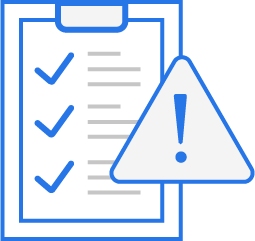The Multi-Cloud Compliance Conundrum
Let’s talk multi-cloud. It’s the buzzword, the future, the promise of agility, scalability, and resilience – the whole shebang. Organizations are diving in headfirst, and who can blame them? But, here’s the thing: this approach throws a major curveball when it comes to something absolutely crucial: Payment Card Industry Data Security Standard (PCI DSS) compliance.
If you’re like most cybersecurity professionals and business leaders, you’re probably asking yourself: “Is our multi-cloud configuration really secure and compliant?” Because let’s face it, just because you can do something doesn’t mean it’s inherently secure or automatically compliant.
This article isn’t here to scare you; it’s to give you a clear view of the real-world challenges that multi-cloud environments present when you’re trying to meet PCI DSS requirements and to equip you with practical, actionable strategies to tackle them head-on.
The truth is, this mix-and-match of cloud services and infrastructures has totally changed how we manage and protect sensitive payment card data. The old way of perimeter security? It’s just not going to cut it in this dynamic landscape. Proactively and thoughtfully addressing PCI DSS requirements isn’t just a compliance checkbox; it’s about safeguarding your business, protecting your customers, and ensuring your long-term security and viability.
The Multi-Cloud Labyrinth: Understanding the Landscape
A multi-cloud strategy isn’t some niche approach anymore; it’s becoming a cornerstone of modern IT infrastructure. We’re talking about distributing your organization’s IT resources—applications, data storage, compute power—across multiple cloud service providers (CSPs), like Amazon Web Services (AWS), Microsoft Azure, and Google Cloud Platform (GCP).
It’s all about avoiding vendor lock-in, getting a wider range of services, ensuring redundancy, and improving performance and cost efficiency. Sounds great, right? Well, there’s a catch. The inherent complexity that comes with multi-cloud deployments can create significant challenges when you’re trying to stick to those stringent PCI DSS Requirements .
The complexities are really about the lack of uniformity. Each cloud provider has its own set of security tools, protocols, APIs, and compliance mechanisms. This makes achieving a consistent security posture a herculean task without careful planning and well-integrated security solutions. It’s like trying to build a Lego castle with pieces from three different sets, they don’t always fit the way you expect. (See: “Information Supplement: PCI DSS Scoping and Segmentation Guidance for Modern Network Architectures,” Rule: 1.1). You really do need to understand the landscape before you start building.
Key Challenges in Multi-Cloud Environments: PCI DSS Compliance Headaches
Navigating PCI DSS compliance in multi-cloud environments comes with its own unique set of challenges. It’s not a simple case of copy-pasting your old security playbook. We need a more sophisticated approach. Let’s dig into some specifics:
Visibility and Inventory Control: The “Where’s Waldo” of Assets
One of the foundational things about PCI DSS compliance is having an accurate and up-to-date inventory of all systems that store, process, or transmit cardholder data (Requirement 1.1.2). In a multi-cloud setup, that’s way more challenging because your data is spread across so many different services and locations.
It’s like trying to keep track of all your socks when they’re scattered in different drawers and closets in different houses! The distributed nature of multi-cloud environments makes it hard to create and maintain a centralized inventory of assets. This leads to visibility gaps, overlooked systems, and security risks. It also creates challenges when trying to identify all the aspects of a CDE and could prevent a proper understanding of potential data breaches.
Data and Insight: According to Verizon’s “2024 Payment Security Report”, companies are still struggling to maintain visibility over their control environment due to different data sources, and the variety of third-party suppliers. This highlights a very real challenge that many organizations face right now. (Source: “2024 Payment Security Report,” keyword: PCI security program performance”).
Solution: Compliance Labs’ featured software for PCI DSS compliance can give you control over your multi-cloud landscape through automated discovery and a centralized inventory. Think of it as having a single pane of glass for monitoring everything. It will make it easy to maintain an accurate inventory and respond to changes quickly.
Inconsistent Security Configurations and Policies: The Security Patchwork Quilt
Security within multi-cloud is also made more difficult by a lack of consistent standards between providers. Each CSP has its own set of security tools, features, and methodologies. This can result in a disjointed security architecture, where configurations and policies can differ dramatically from environment to environment.
This leads to security gaps and inconsistencies that can increase the likelihood of a breach, and also creates unstandardized management methods across your organization. Auditing controls becomes difficult, as every environment may need its own specific audit method, which creates a larger overhead. It’s like trying to follow traffic laws when each city has its own unique rules.
Data and Insight: As stated in the PCI SSC’s guidelines, there are very few specific guidelines for each step of the cloud computing process. This means that you really need to establish baselines in each individual environment to reduce potential risk. (Source: “Information Supplement: PCI SSC Cloud Computing Guidelines”, keyword: cybersecurity).
Solution: Compliance Labs featured software for PCI DSS compliance can help you establish a baseline configuration and policy set, automating deployment, and ensuring consistency across all multi-cloud environments. This approach will cut down on security inconsistencies and provide a reliable method for auditing your controls. It’s like having a universal translator for security policy.
Lack of Segmentation and Network Controls: The “Open Floor Plan” of Data Security
A core principle of PCI DSS compliance requires proper segmentation of the cardholder data environment (CDE). This is a control to prevent an attack within one part of your environment from spreading to the rest. Applying this to multi-cloud systems is challenging because you don’t have common network isolation boundaries. Each service has to be isolated via individual methods and techniques, and they’re not always compatible, making it hard to have a truly reduced attack surface. This issue compounds when data needs to flow between different networks. It’s like having one big open room in your house instead of separate, secure rooms.
Data and Insight: The “Information Supplement: Guidance for PCI DSS Scoping and Network Segmentation” states that network segmentation is essential for reducing the impact of a breach and allows organizations to focus security efforts. This emphasizes that having a proper network separation plan will protect your data and reduce your overall workload. (Source: “Information Supplement: PCI DSS Scoping and Segmentation Guidance for Modern Network Architectures,” keyword: Network segmentation”).
Solution: Compliance Labs’ expert security engineers can design and implement custom segmentation strategies that are tailored to your specific environment. We’ll help you define the boundaries for your data environment and implement security controls such as micro-segmentation and encryption.
API Security and Third-Party Integrations: The Weak Link in the Chain
APIs and third-party integrations are the backbone of cloud architecture, but they can also be a weak point. These access points must have explicit authorization and controls to prevent unauthorized data access. If they’re not properly secured, malicious actors can exploit these connections. In a multi-cloud environment, managing the security of APIs and integrating them with third-party applications creates a bigger area of vulnerability and increases attack vectors. Third-party code has to be thoroughly vetted and all integrations must have proper authentication methods (Requirement 6.1, 12.8.2). It’s like giving out a bunch of keys to your house to strangers and not knowing who they are or what they’ll do.
Data and Insight: According to Verizon’s “2024 Payment Security Report,” third-party scripts create increased attack surfaces and make data breaches increasingly easy. Therefore, it’s imperative that you have stringent controls and monitoring in place for all third-party integrations. (Source: “2024 Payment Security Report,” keyword: third-party scripts”).
Solution: Compliance Labs featured software for PCI DSS compliance provide API security assessments that can help you implement strong authorization controls, preventing unauthorized API access and malicious data transfers. We will also vet and provide remediation for third-party integrations.
Data Encryption and Key Management: The Encryption Maze
Encryption is one of the main defenses for protecting cardholder data, both in transit and at rest (Requirement 4). However, it gets more complicated with multi-cloud because of the distribution of data and the different security features offered by each platform. Improperly implemented or inadequately managed keys can expose your sensitive data or allow access to encrypted data without proper authorization. It’s like having the key to your safe just lying around.
Data and Insight: The “PCI DSS Cloud Computing Guidelines” emphasizes the importance of properly implemented encryption processes and key management. Each of these processes, when well-defined, will enhance compliance within PCI DSS. (Source: “Information Supplement: PCI DSS Cloud Computing Guidelines,” keyword: data encryption).
Solution: Compliance Labs will help implement a consistent and compliant cryptographic strategy across your organization while providing centralized key management to reduce risk.
Patch Management and Vulnerability Monitoring: The Never-Ending Game of Whack-a-Mole
The wide range of systems, operating systems, applications, and services used in a multi-cloud architecture makes patching all software on time a major challenge, leaving vulnerabilities open to exploitation (Requirement 6.2). Plus, the many endpoints in multi-cloud create a larger area that needs constant monitoring to make sure that any potential risk can be quickly remedied. It’s like playing whack-a-mole with security threats, and there are just way too many moles.
Data and Insight: NIST special publication “Improving Enterprise Patching for General IT Systems” highlights that regularly applying security patches reduces system vulnerabilities and the likelihood of successful cyber attacks. Therefore, without regularly maintaining the most up-to-date patching levels, compliance is at risk. (Source: “NIST Special Publication 1800-31,” keyword: software patching”).
Solution: Compliance Labs featured software for PCI DSS compliance can assist in developing and deploying a proper patching program to keep your systems up to date with the latest security patches. Vulnerability scanning software can be used to identify the gaps that need to be addressed and remediated quickly.
Lack of Multi-Factor Authentication (MFA) Enforcement: The Single Point of Failure
Multi-Factor Authentication (MFA) is critical for limiting unauthorized access to sensitive data. It’s a core requirement of PCI DSS. However, implementing MFA for the many systems within a multi-cloud infrastructure is difficult because of inconsistencies between cloud providers. It also requires that strong authentication be mandated at every access point (Requirement 8.3). It’s like leaving all the doors to your house unlocked, instead of using multiple layers of protection.
Data and Insight: PCI SSC Information Supplement: Multi-Factor Authentication emphasizes that remote access to systems storing and processing cardholder data should be protected with multi-factor authentication. (Source: “Information Supplement: Multi-Factor Authentication”, keyword: multi-factor authentication, MFA)
Solution: Compliance Labs’ featured software for PCI DSS compliance will support you to choose the right MFA solution, while providing suggestions on improvements to your existing security controls and practices to become fully compliant.
Insider Threat: The Enemy Within
External threats are always at the forefront of an organization’s security policy. However, the internal insider threat can be just as dangerous, if not more so. Employees with bad intentions or accidental access are a risk factor across all environments. This can be heightened with the complexity of a multi-cloud infrastructure where access to various systems can be hard to track. Therefore, establishing a process to track access to systems and files is essential to limit the threat of internal bad actors. It’s like not knowing the intentions of everyone who has a key to your house. (Source: Information Supplement Effective Daily Log Monitoring”).
Solution: Compliance Labs’s featured software for PCI DSS compliance can support you implement robust access controls and continuous monitoring solutions to identify potentially malicious users, while also helping to create policies and procedures that reduce the chances of accidental data loss by employees.
Zero Trust Implementation: Never Trust, Always Verify
Zero Trust Architecture (ZTA) is a modern security approach that moves away from traditional perimeter-based security models. It operates on the principle of “never trust, always verify” by requiring continuous validation of all users and devices. ZTA isn’t a “product” or “tool” but a strategic framework for securing a network. Transitioning to ZTA can be difficult to plan and implement correctly within a multi-cloud environment because many components have to be reconfigured to fully realize its effectiveness. It’s like rethinking the entire security system for your house from the ground up. (See: “PCI DSS Scoping and Segmentation Guidance for Modern Network Architectures”).
Solution: Compliance Labs has experts who can help implement Zero Trust principles within your infrastructure, and create the necessary policies and procedures for an effective Zero Trust framework that is compliant with PCI DSS requirements.
Lack of Staff Training and Security Awareness: The Human Element
The sophistication of cyber attacks continues to grow. To meet these new challenges, your organization’s employees need to be kept in the loop with the latest practices and methodologies to prevent them from becoming a weak point in your security policy. That means developing a security training program that emphasizes good practices for data security handling. It’s like making sure everyone in your household knows how to operate the security system. (Source: “2024 Payment Security Report,” keyword: PCI DSS compliance”).
Solution: Compliance Labs featured software for PCI DSS compliance will support you provide security and awareness training solutions that are tailored to your organization’s specific needs and business purposes.
Actionable Steps for Organizations
To proactively improve your multi-cloud security and compliance, here are some steps you can take:
-
Create a Detailed Inventory: Document all assets that store, process, or transmit cardholder data to identify your entire CDE.
-
Define Scope: Clearly define your PCI DSS scope across all your multi-cloud environments and document all in-scope systems.
-
Implement Strong Segmentation: Implement network segmentation to isolate all environments processing, storing, or transmitting cardholder data.
-
Prioritize Vulnerability Scanning & Patching: Scan for vulnerabilities and patch systems regularly, on a recurring schedule.
-
Enforce Multi-Factor Authentication: Ensure that all access points are protected with multi-factor authentication.
-
Train Employees: Train all employees on the importance of data security and compliance.
-
Regular Review: Regularly review and update your infrastructure and security practices.
Conclusion
The journey toward maintaining PCI DSS compliance in complex multi-cloud environments requires dedication, resources, and a proactive approach. It’s not just about meeting the standards of the moment; it’s about creating a culture of continuous security that is robust and resilient. By understanding the unique challenges involved and partnering with a trusted cybersecurity firm, you can take charge of your security, secure cardholder data, and ensure your business is protected.






